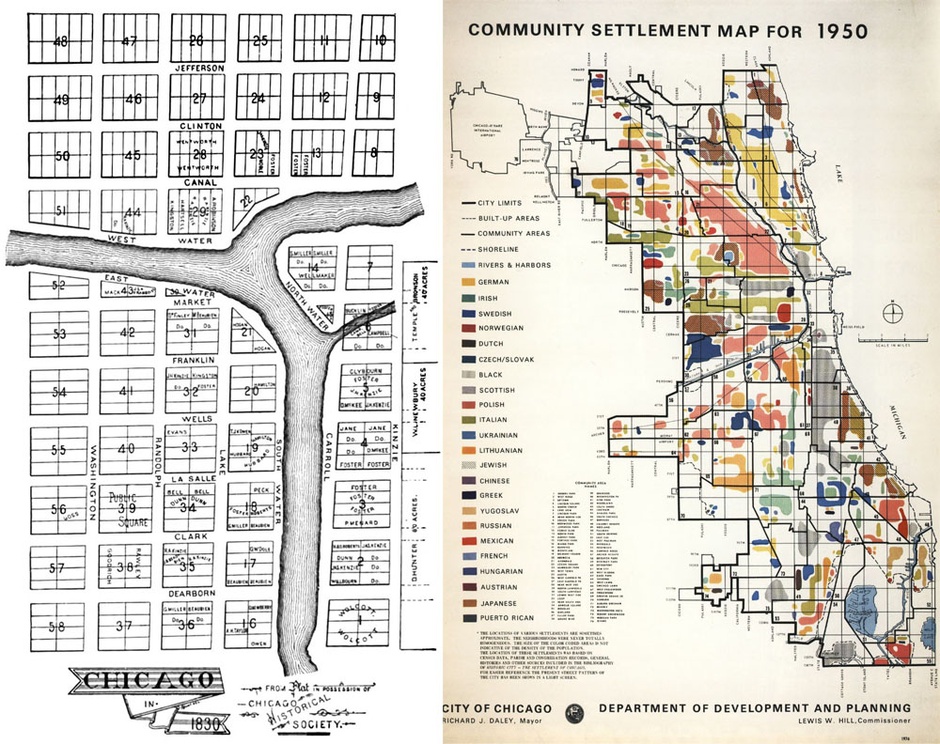

Naturalist John Muir has often been criticized for his relative silence on the role of native peoples in occupying, forging, and tending the environments that he so often described as wilderness. This pairing of activism, ecology and policing allows a more nuanced analysis of the racialised underpinnings of the built environment. I also look to Black Lives Matter as a way to understand police brutality as enmeshed with toxic ecologies. I argue that institutions like the University of Chicago rely on the police to racially manage and expand their built environment. As the University of Chicago expands, so does its police force, and so do conflicts over who can use public spaces and how these spaces are used. Legacies of urban renewal, now framed as neighbourhood revitalisation, and narratives around criminality and race all influence community police relations in the area. This paper highlights how Black geographies, as an analytic, highlight the intersection of police brutality and the built environment in Hyde Park.

Using Hyde Park on the South Side of Chicago as a case study, I draw on qualitative and historical methods to interrogate dominant narratives surrounding policing in urban environments. It is increasingly clear that the state, the built environment, economic development, and race converge in communities who face increased surveillance, divestment, and gentrification. More recently, environmental justice scholars have turned to a critical environmental justice framework to explore questions of spatial equity in relation to movements like Black Lives Matter. The first wave of environmental justice literature tended to define environmental racism as the disparate siting of toxic waste facilities in low‐income areas and communities of colour.


 0 kommentar(er)
0 kommentar(er)
